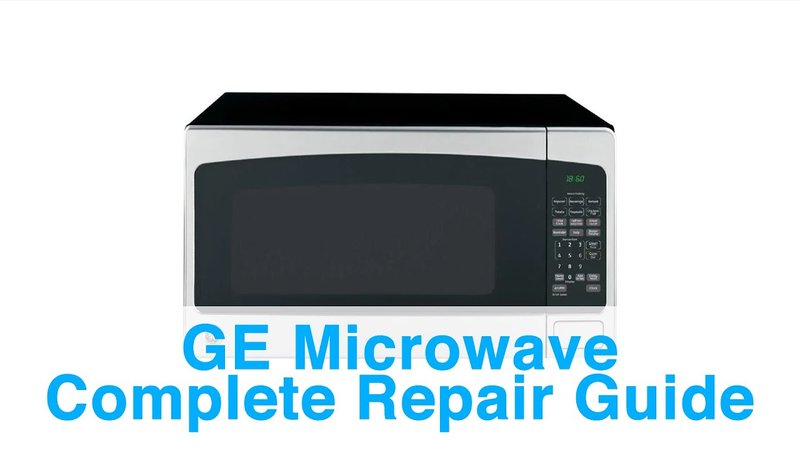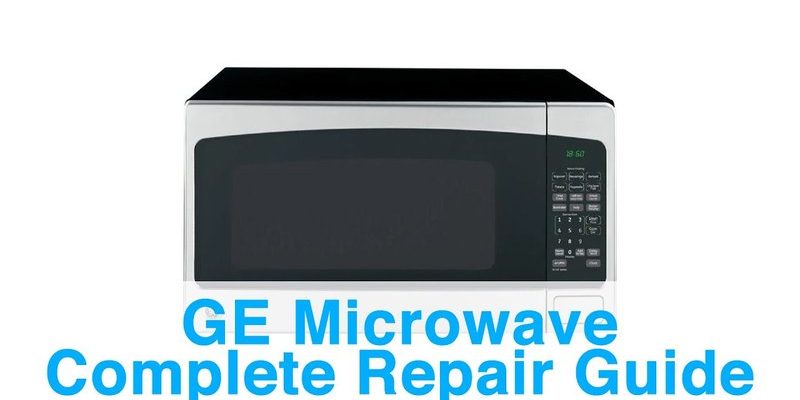
When your microwave flashes Error E3, it’s essentially letting you know there’s a problem with its temperature sensing. Think of it like a car’s check engine light. You could still drive around, but you wouldn’t want to ignore it for too long—something isn’t functioning as it should. In a microwave, this error typically indicates an issue with the humidity sensor, which could affect how well it cooks your food. If left unchecked, the problem might lead to unevenly cooked meals or, in rare cases, damage to the microwave itself.
Understanding Error E3 in GE Microwaves
Before diving into the potential consequences, let’s first understand what Error E3 is all about. In simple terms, your GE microwave is equipped with various sensors that monitor its operation. The humidity sensor plays a crucial role because it helps regulate the cooking process by assessing the moisture level inside the microwave. If the sensor starts to malfunction or if there’s an obstruction, it can’t do its job properly, triggering the E3 error code.
Imagine trying to bake a cake with a broken oven thermostat. You might think the oven’s hot enough, but without the right temperature, your cake could end up overcooked on the outside and raw in the middle. Similarly, a faulty sensor could lead to your microwave either overcooking or undercooking food. It’s not just a matter of culinary disappointment; consistently using a microwave with this issue could eventually stress the appliance, potentially leading to more extensive—and costly—repairs.
As you can see, addressing the E3 error promptly is not just about maintaining perfect culinary standards. It’s also about safeguarding your appliance from further damage. Instead of soldiering on with a defective sensor, consider taking some proactive steps to fix it. This might involve resetting the microwave, checking for blockages, or even consulting a professional if you’re not comfortable tackling the issue yourself.
Consequences of Ignoring the E3 Error
So what if you choose to ignore this annoying little code? Well, here’s the deal: ignoring Error E3 can lead to a host of issues beyond just the inconvenience of poorly cooked food. First and foremost, you’ll find that your microwave’s efficiency may degrade over time. Just like running a car without oil, operating with a faulty humidity sensor could put undue stress on the microwave’s components. You might encounter problems with other parts of the unit, potentially leading to breakdowns that are far more serious (and expensive) than the initial error.
Moreover, there’s the issue of safety. While microwaves are designed to be safe, malfunctioning parts can sometimes lead to hazards. In the worst-case scenario, overheating components could pose a risk of fire. Of course, this is rare, but it’s something to bear in mind. Handling the problem early not only saves you money and time in the long run but also keeps your home environment safe.
Another downside of ignoring this error is the gradual decline in performance. You might find that heating times become inconsistent, with some parts of your food coming out lava-hot while others remain ice-cold. This inconsistency is more than a mere annoyance—it can lead to undercooked meals, which are not just unappetizing but potentially unsafe, particularly with foods like poultry or pork.
Steps to Fix and Prevent the E3 Error
Alright, so you’re convinced that leaving this issue alone isn’t the best course of action. What should you do next? The first step is to consult your microwave’s user manual. Often, these manuals have a troubleshooting section specifically for error codes. They might have a straightforward solution, like resetting the microwave, which can sometimes clear the error.
If a simple reset doesn’t solve the problem, it might be time to inspect the sensor itself. Because this involves dealing with internal components, make sure to unplug the microwave first to avoid any risk of electric shock. If you’re not comfortable doing this, calling a professional can be a wise decision. They can not only fix the issue but also perform a thorough check to ensure no other problems are lurking.
Finally, to prevent the E3 error from showing up again, regular maintenance can be key. Keep the interior of your microwave clean to avoid dirt and debris interfering with sensors. Additionally, avoid overloading the microwave, as this can create an environment that is too humid for the sensors to handle efficiently. A little bit of preventative care can go a long way in ensuring your microwave continues to operate smoothly.
In summary, while ignoring the Error E3 on your GE microwave might seem tempting, it’s something you’ll want to address sooner rather than later. Not only does it affect how well your food is cooked, but it can also have long-term consequences for your appliance. So take a few simple steps to troubleshoot, and you’ll have peace of mind knowing both your meals and microwave are in good shape.
